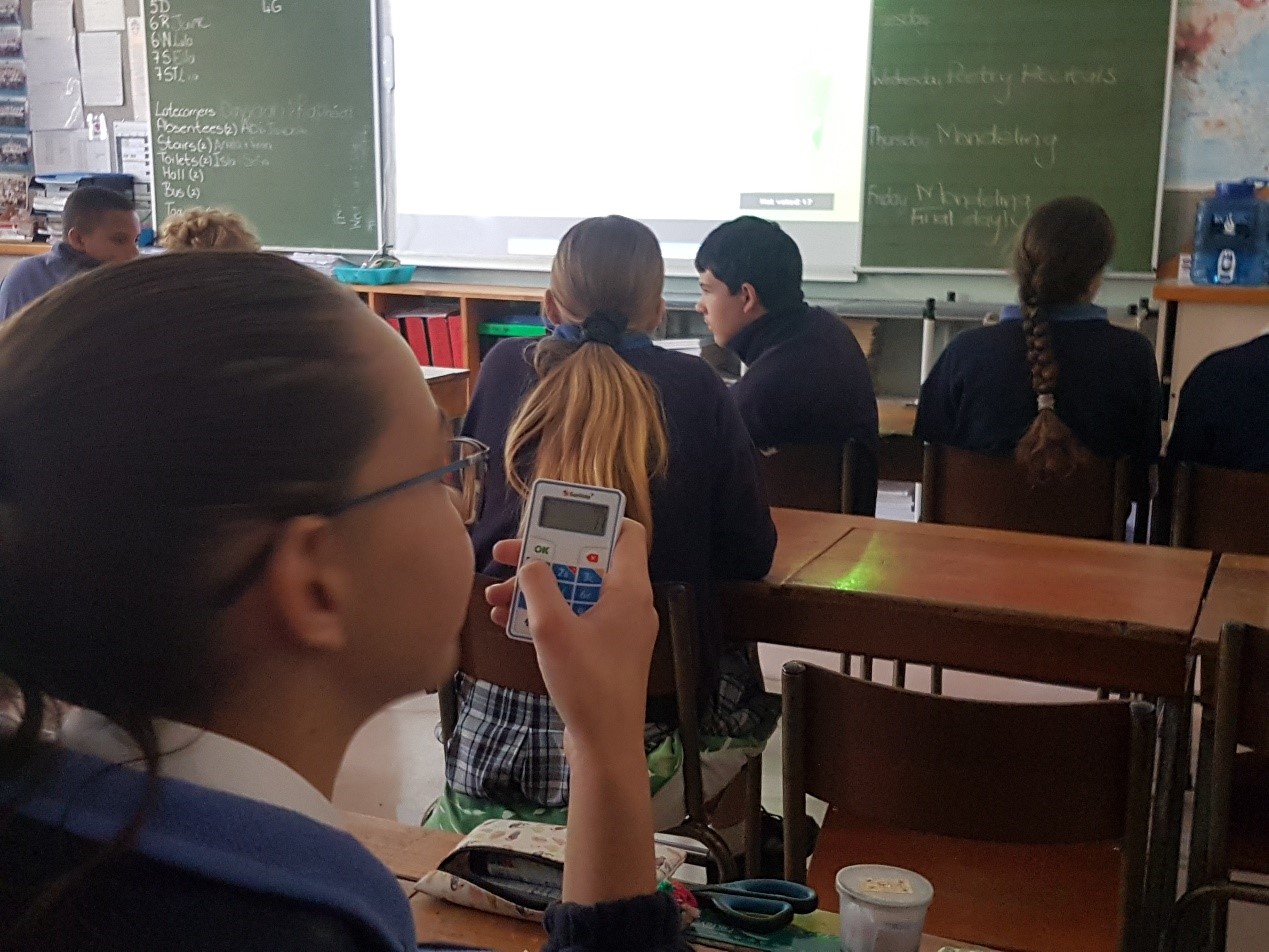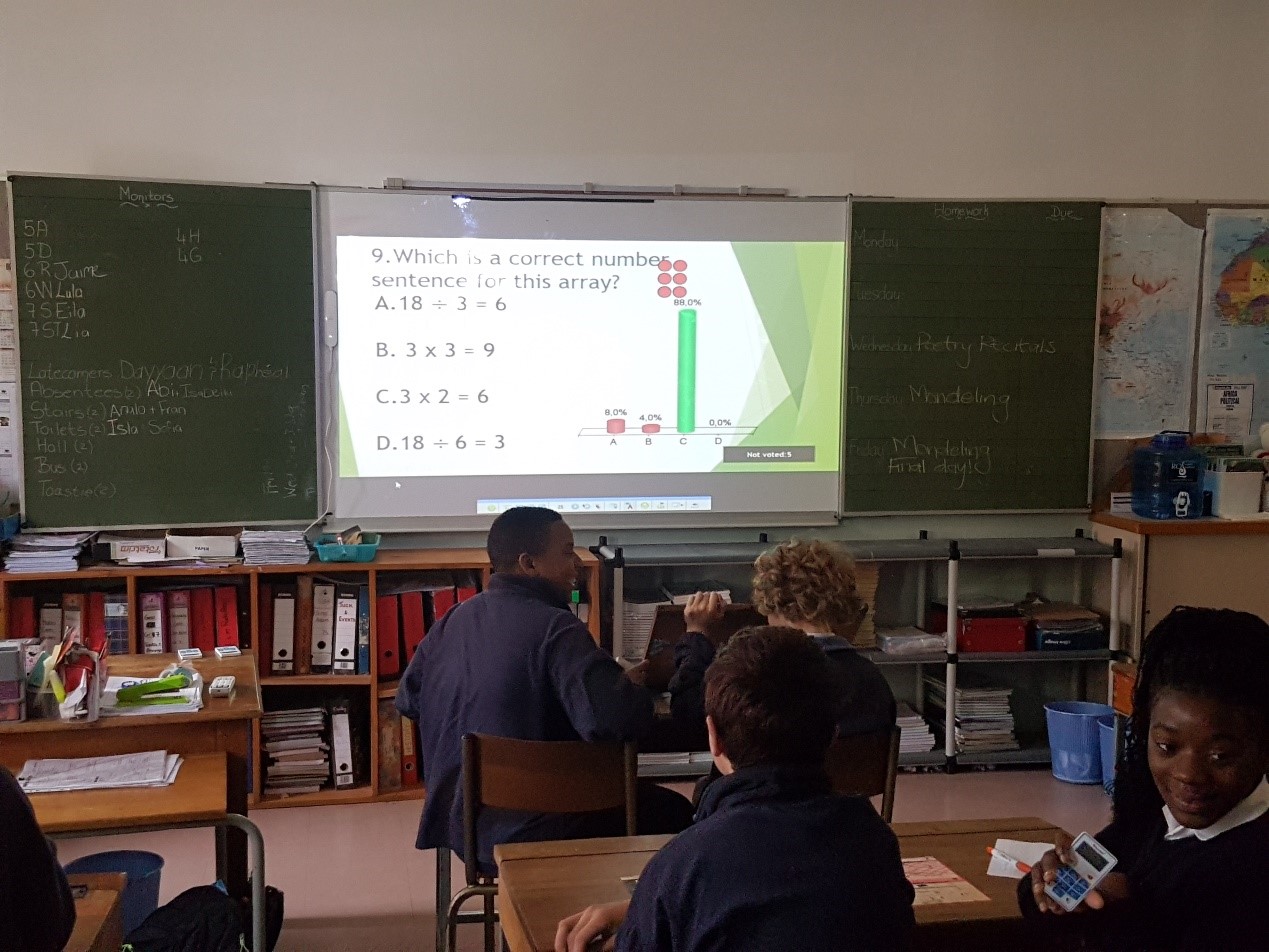With the development of information technology and the popularity of the Internet, the deep integration of information technology and classroom teaching has become an inevitable trend. To create smart classrooms and smart schools, more and more intelligent teaching devices are being widely used in K12 schools. They assist teachers in reducing their workload and improving the quality of teaching, as well as helping students learn independently and efficiently. They also promote precise and personalized classroom teaching. Two typical examples are tablets and response clickers, which have subverted the traditional classroom teaching model and brought a new classroom experience for both teachers and students, receiving widespread acclaim.
Choose tablet or response clickers for interactive teaching. Here are some considerations,

Advantages of tablet
Student response systems based on tablets can provide rich multimedia resources and interactive learning experiences, such as text, images, audio, and video. It enhances teaching content and helps students better understand and grasp knowledge, thus improving learning outcomes. Students can engage in interactive learning, simulations, problem-solving, etc., through built-in applications, which stimulate their interest and motivation to learn. Students can also learn actively according to their abilities and interests, promoting individual development. Additionally, tablet-based teaching allows real-time collection, recording, and feedback of students’ learning data and performance, facilitating personalized teaching.
Disadvantages of tablet
High investment costs. Tablet-based teaching requires schools to invest significant funds in equipment. Schools with limited budgets may find it challenging to implement widespread and regular use across all grades or the entire school.
Technological dependence. Tablet-based teaching relies on reliable network connectivity. While some schools have wireless networks, unstable network signals, slow connection speeds, and occasional tablet malfunctions can reduce teaching efficiency and disrupt the teaching process, affecting both teacher and student motivation to learn.
Attention distraction. Tablets come with a wide range of multimedia resources and distracting applications. For students with poor self-discipline, it’s easy to become distracted and focus on irrelevant content during class, neglecting the teacher’s instruction.
Impact on vision. Prolonged close-range use of high-definition tablet screens can lead to visual fatigue and potentially affect visual health and normal physical development in children.
Poor battery life. Tablets consume a significant amount of power and have poor battery life. Frequent charging can also pose safety hazards.

Advantages of response clickers.
Response clickers help teachers quickly collect and analyze student response data, allowing them to understand student mastery and facilitate personalized teaching and tracking of student progress. It can also stimulate students’ interest and engagement in learning, promoting a shift from passive to active learning. Through interactive questioning with response clickers, students actively participate in problem-solving, nurturing their thinking and self-learning abilities. Regular practice and testing using response clickers can alleviate teachers’ grading workload while reinforcing and solidifying students’ knowledge, thereby improving learning outcomes.
Low investment costs. Compared to tablets, response clickers have lower costs, making them more suitable and easier for widespread adoption in schools.
Easy installation and deployment. Student response systems based on response clickers are plug-and-play, requiring no internet connection or wiring. They can be used in any classroom.
Dedicated devices. Response clickers are designed solely for answering questions and do not have additional entertainment features, helping to keep students focused.
Strong battery life. Powered by batteries, response clickers have strong battery life and do not require frequent charging or battery replacement, making them suitable for high-intensity classroom use.
Protecting student vision. Response clickers’ screens are small and automatically enter sleep mode when not in use, better-protecting students’ vision compared to tablets.
Disdvantages of response clickers.
Response clickers primarily focuses on the question-and-answer process and may not provide as many multimedia teaching resources or interactive learning experiences.


In summary, the choice between tablets or response clickers depends on the specific needs and circumstances of the school. When making a decision, schools can consider the following factors:
Educational goals. Choose a teaching method that aligns with the school’s educational philosophy and goals.
Student needs. Understand the learning situation and preferences of students and choose teaching tools and methods that best suit their development.
Resource investment. Consider the school’s equipment and technological resources, as well as the cost of maintenance and management.
Teacher support. Ensure that teachers receive appropriate training and technical support to fully leverage the effectiveness of teaching tools.
SunVote, with 25 years of experience in the development of response clickers, provides stable, reliable, cost-effective response clicker products and professional services such as purchase, customization, and secondary development to over 100 countries and tens of thousands of schools worldwide. For more details, please contact at: +86 17308495911


